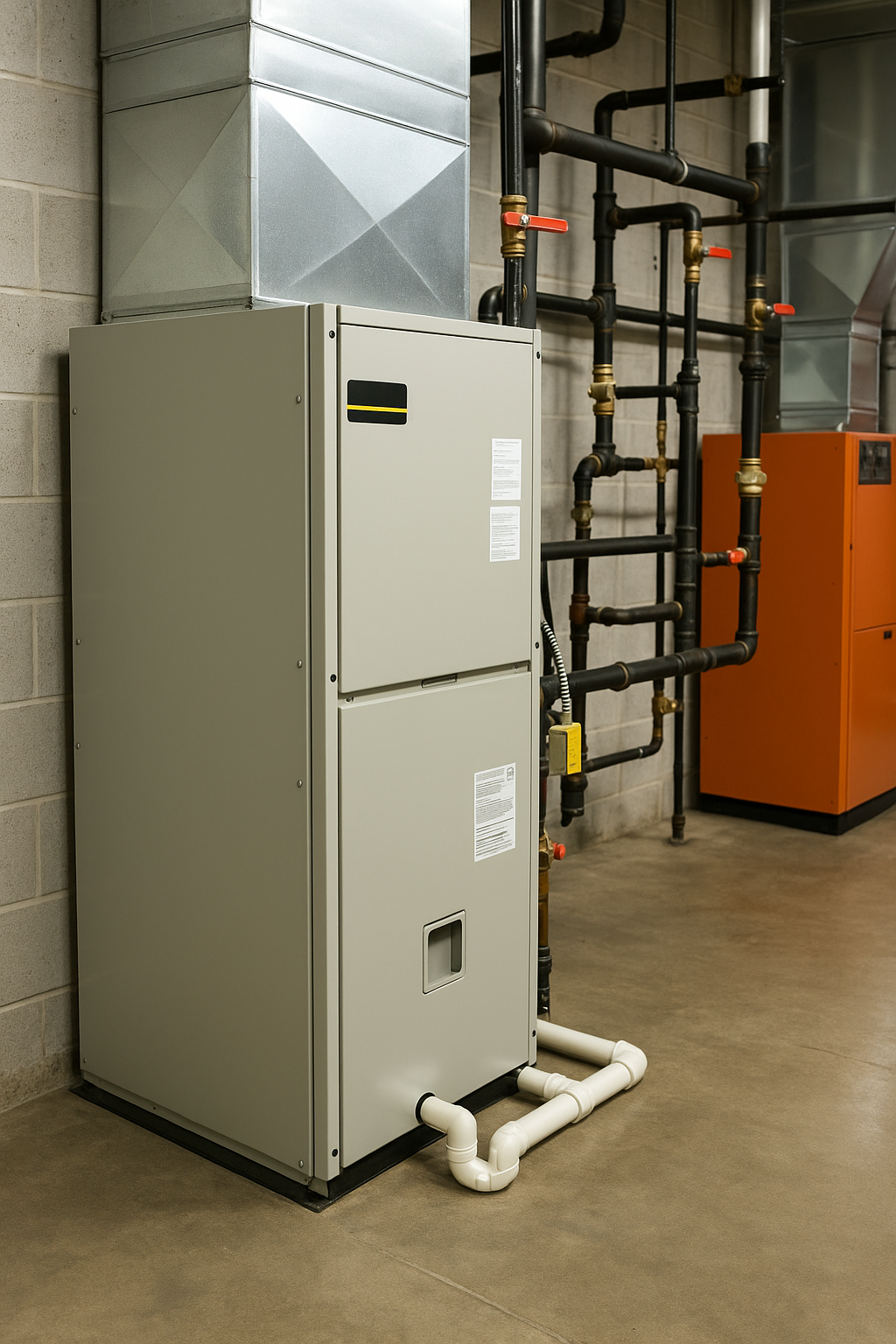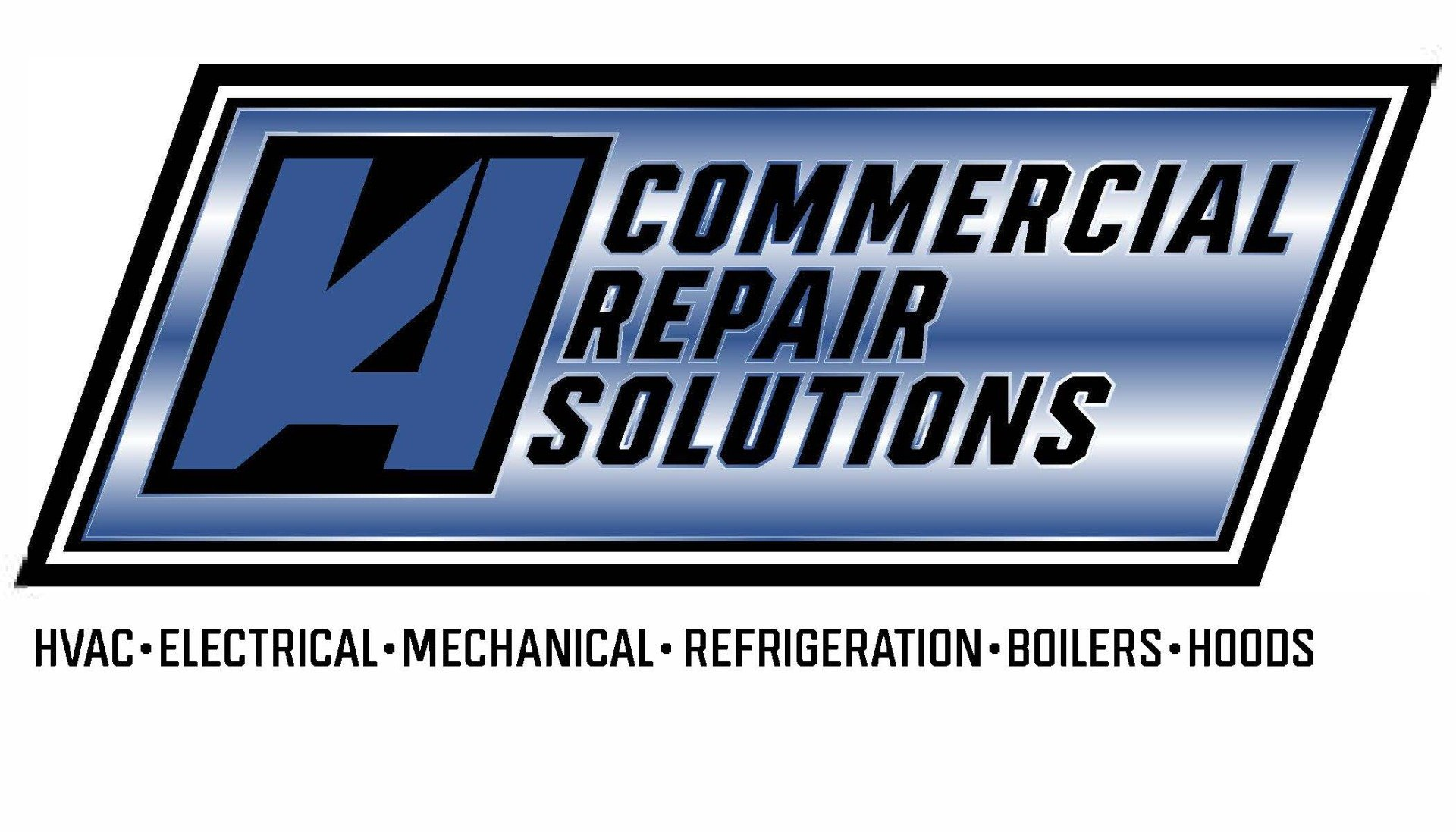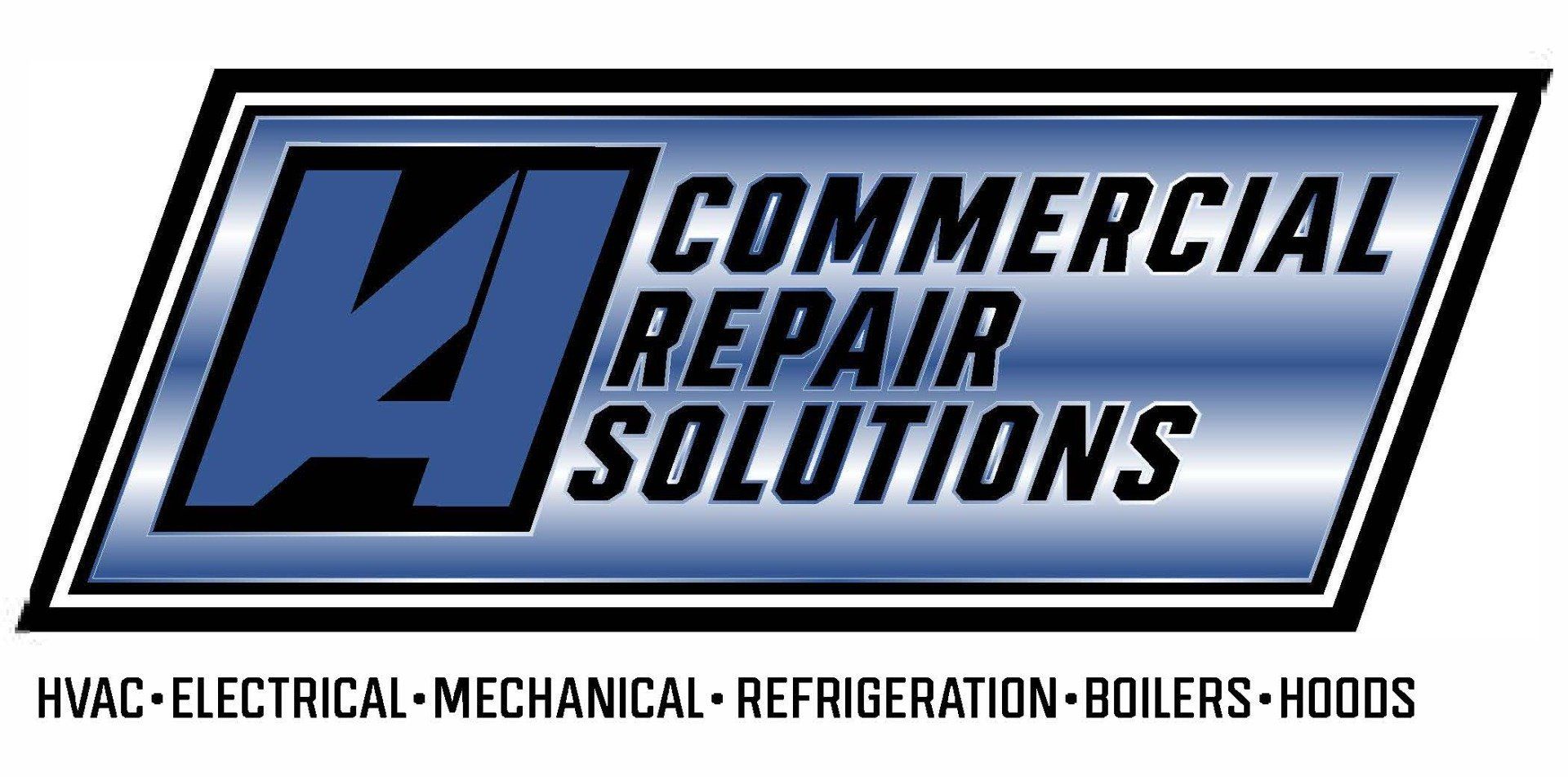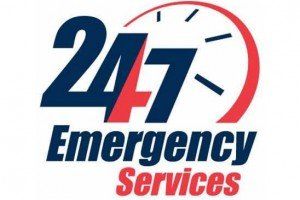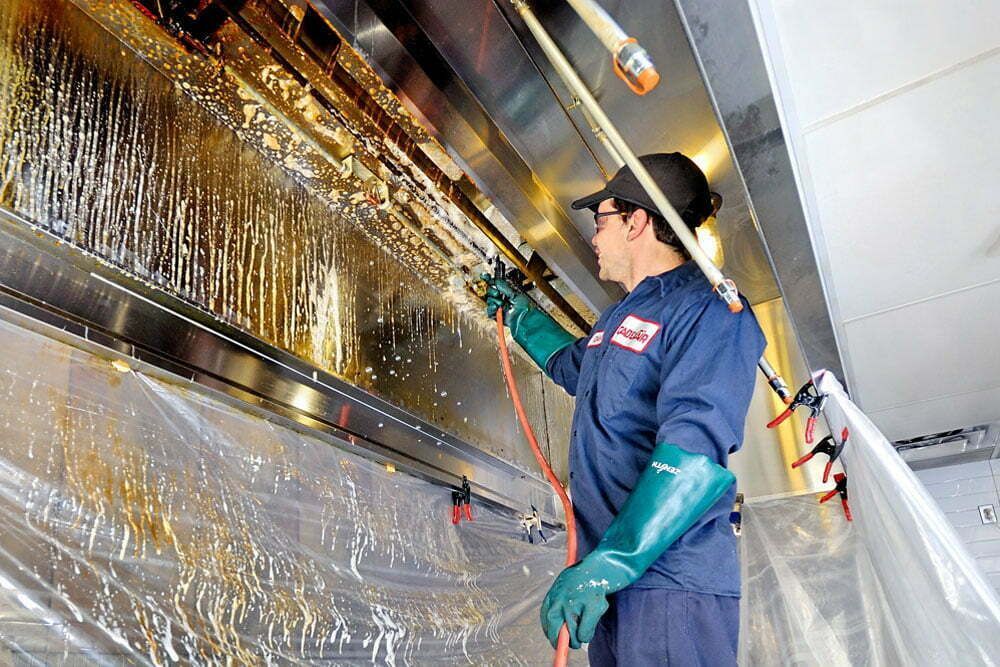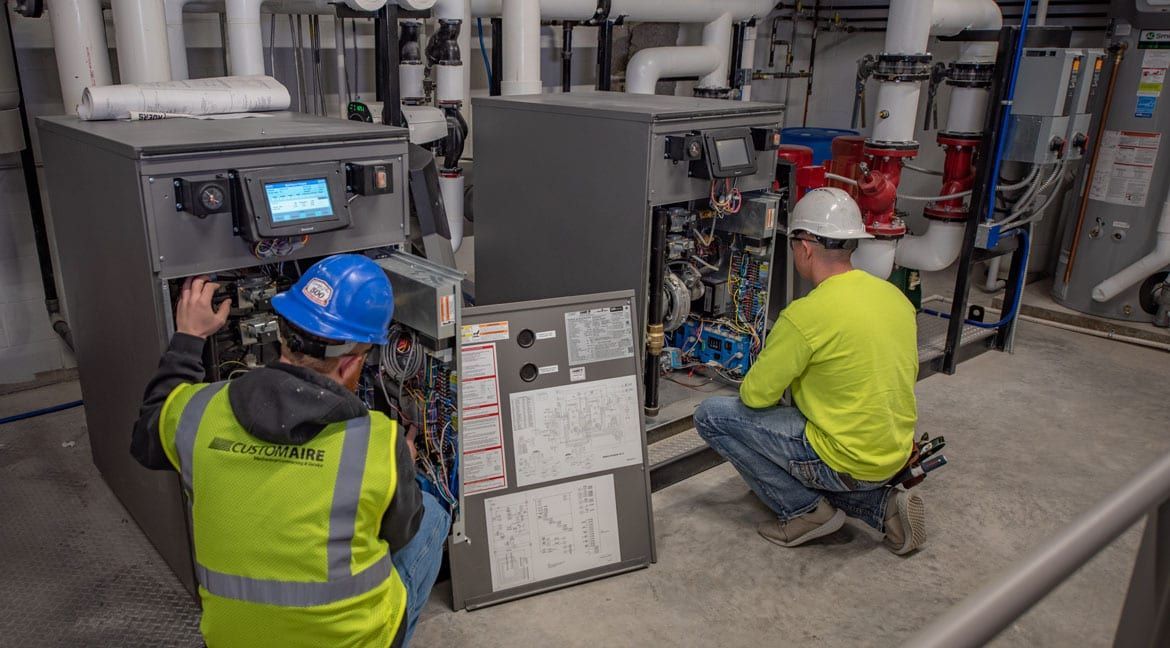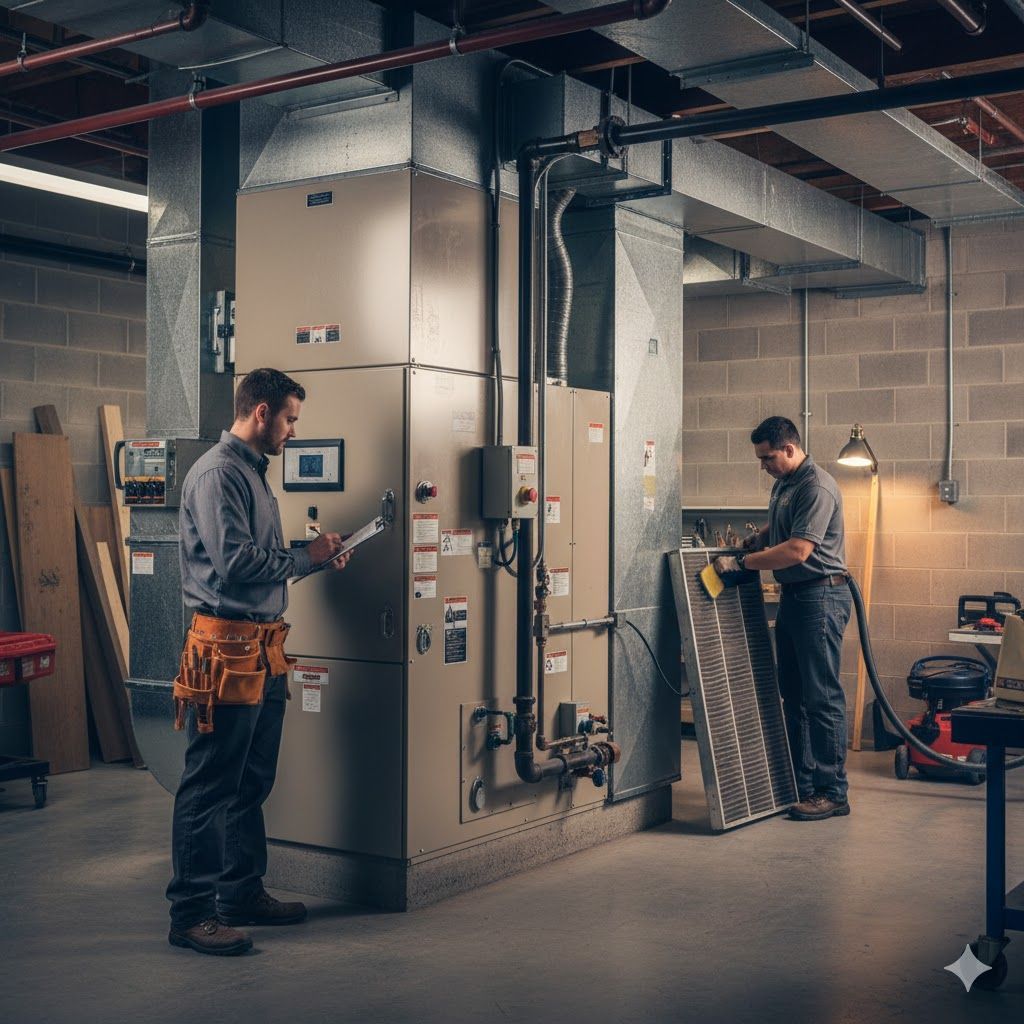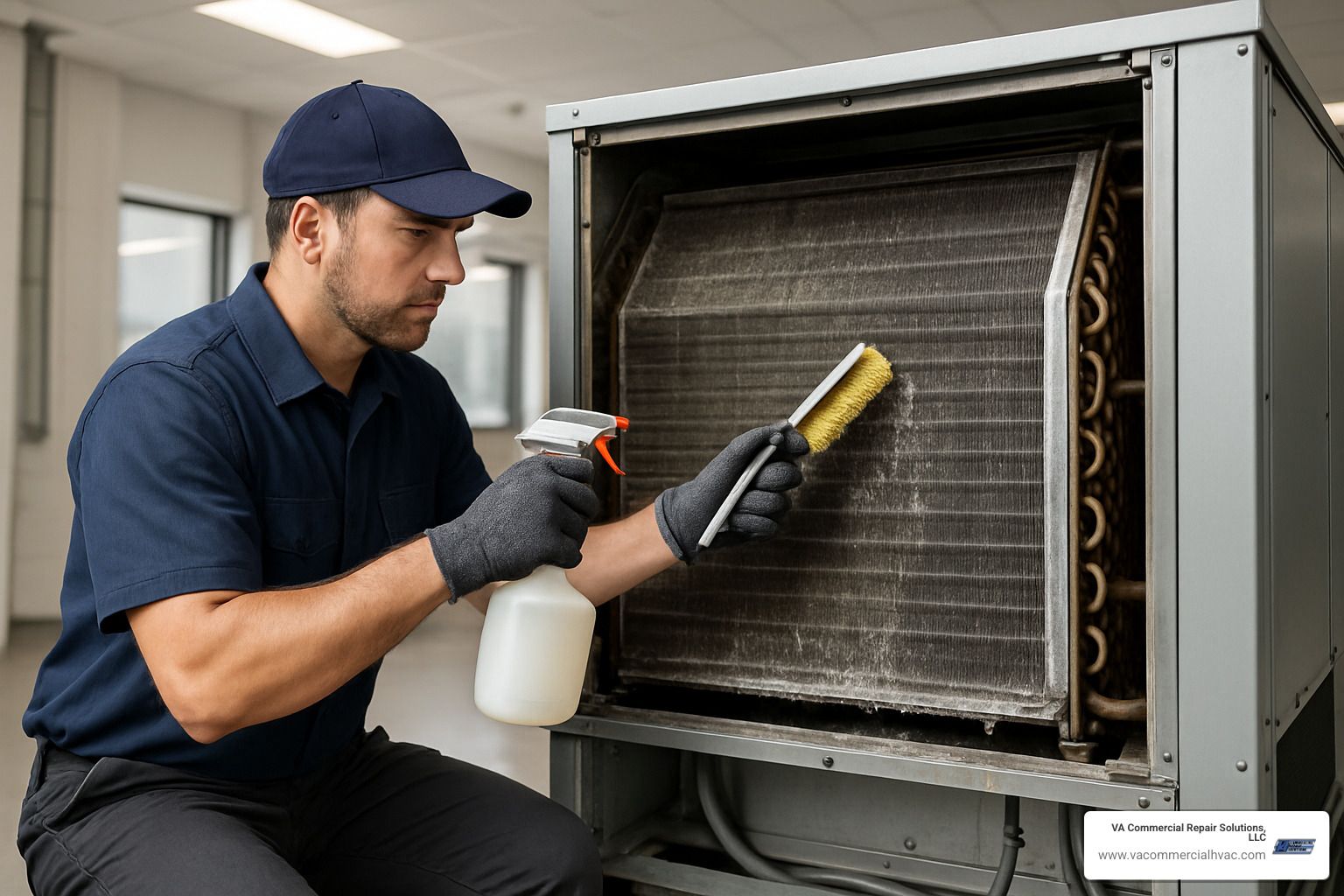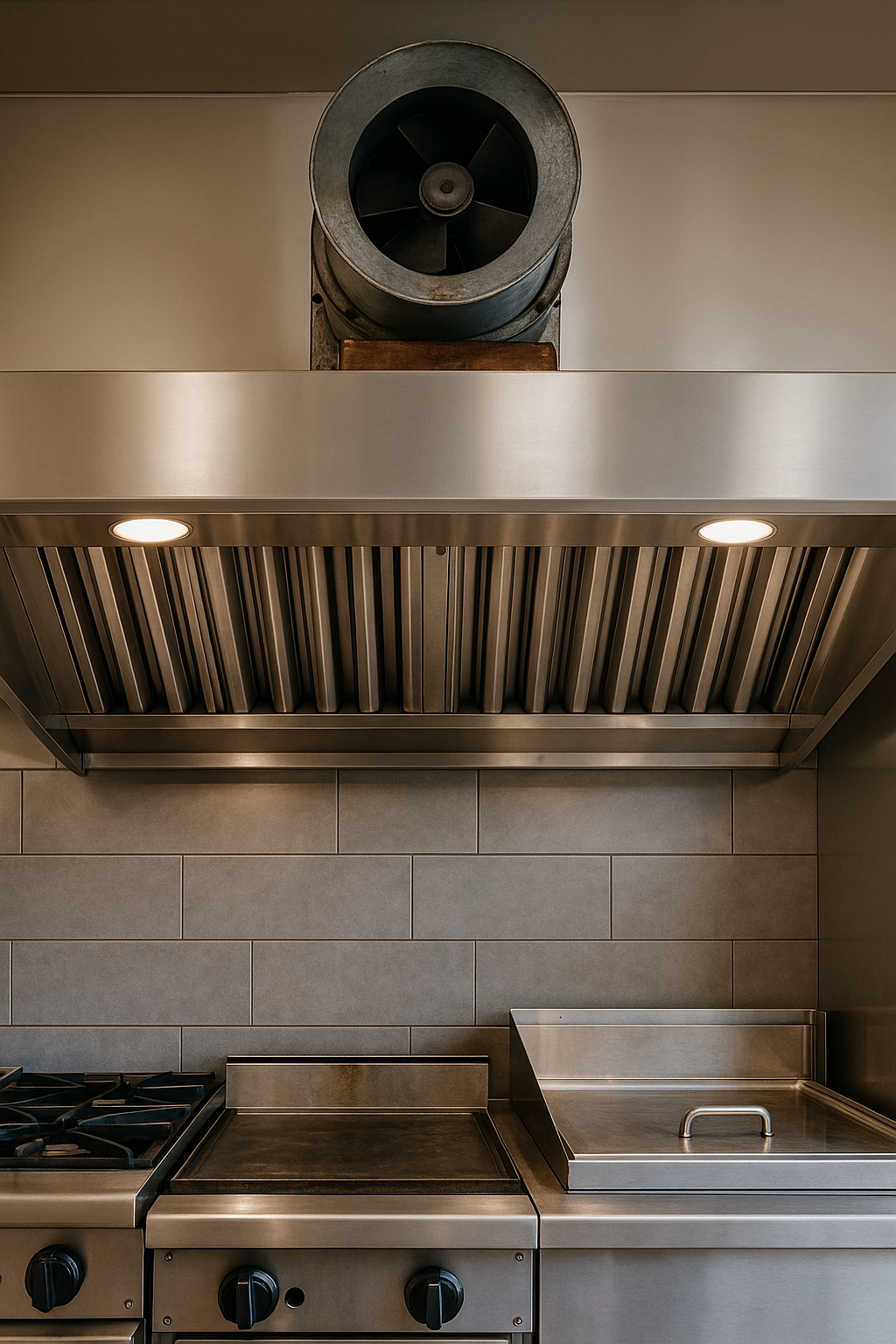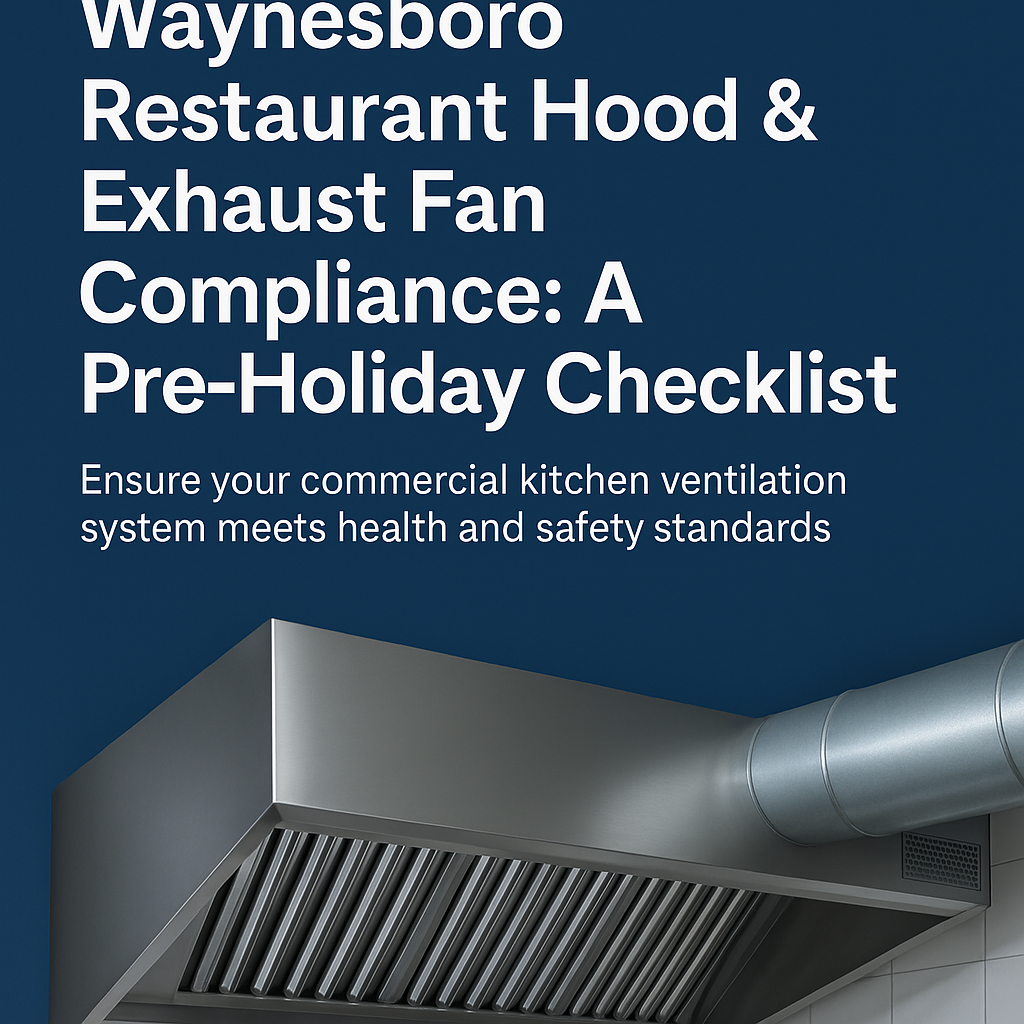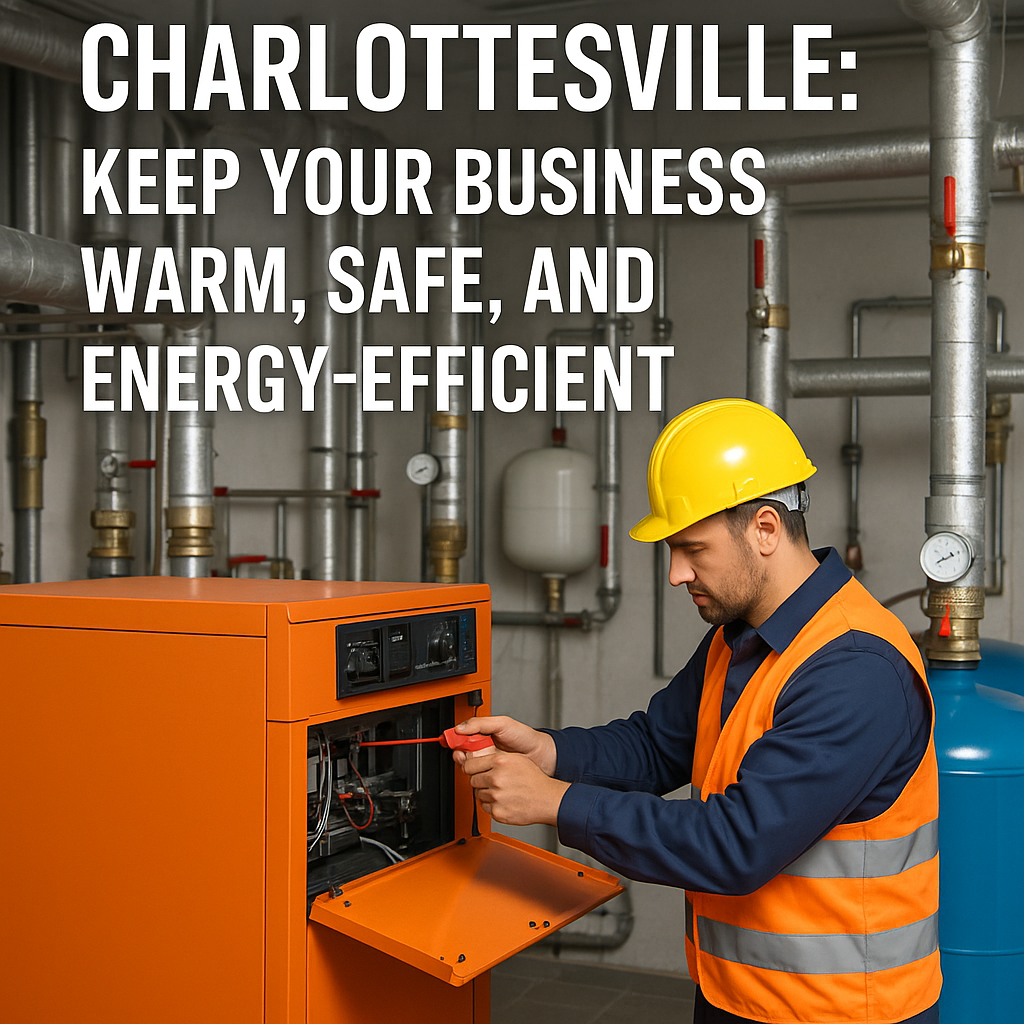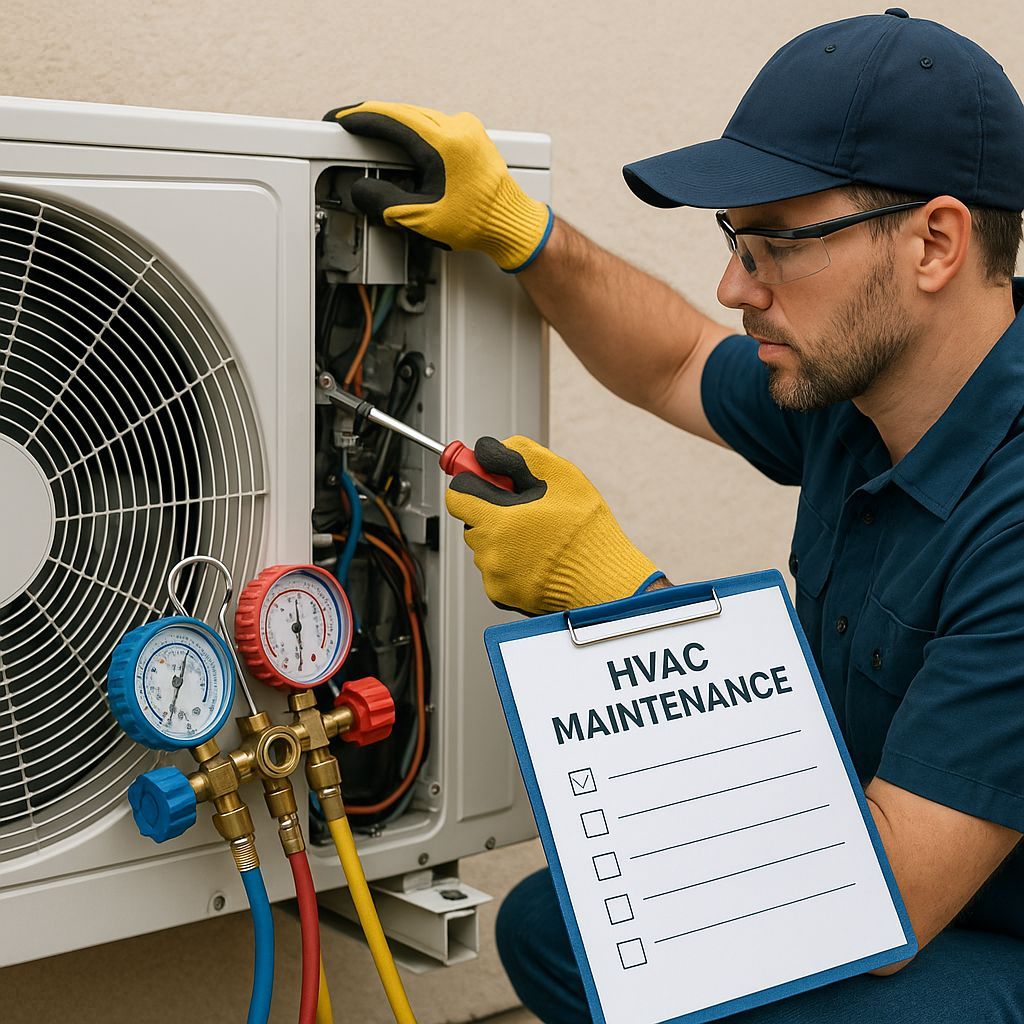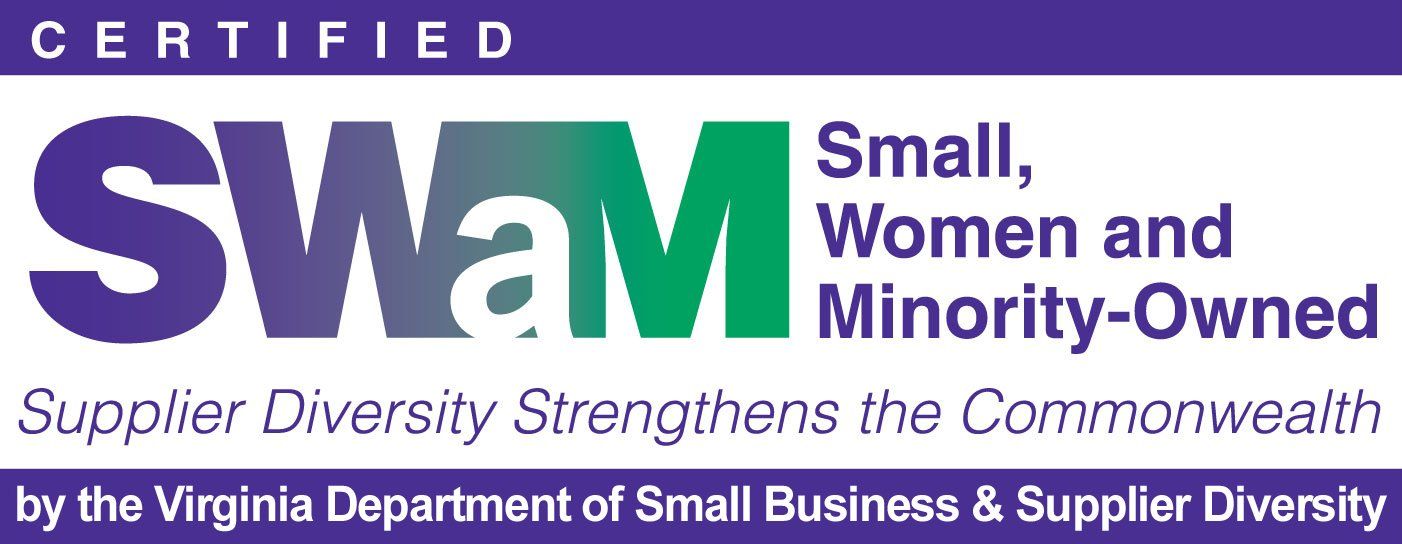Commercial Furnace Maintenance in Harrisonburg: Keep Your Business Warm, Safe, and Efficient All Winter
Prevent costly downtime, control energy spend, and protect indoor air quality with a strategic maintenance plan tailored to Harrisonburg businesses.
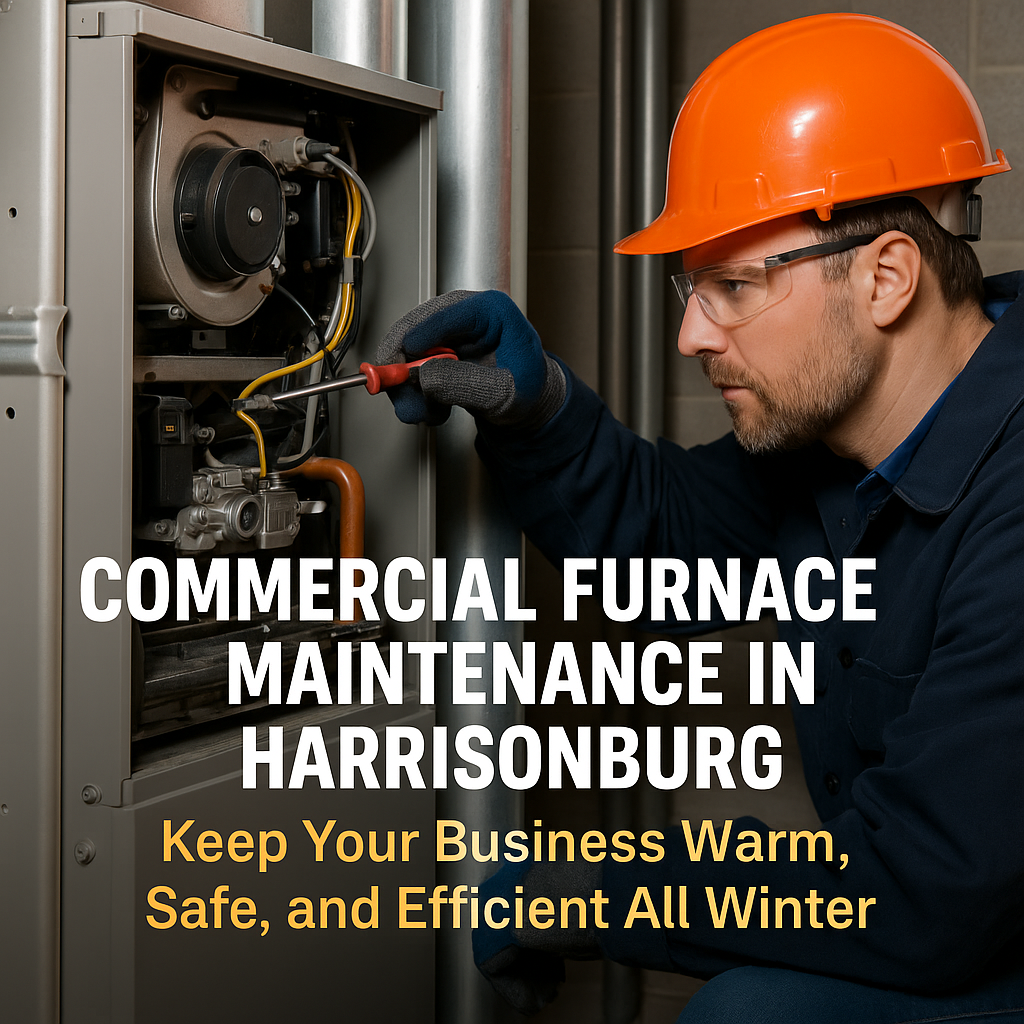
Why Commercial Furnace Maintenance in Harrisonburg Matters
Harrisonburg winters routinely bring freezing nights and brisk days—January lows hover in the mid-20s °F and highs near the low-40s °F—so a faltering heater can disrupt operations, degrade comfort, and spike energy costs. Weather Spark
Well-planned commercial furnace maintenance keeps heat steady, lowers utility bills, and reduces safety risk (especially around combustion and carbon monoxide). For organizations across James Madison University–adjacent offices, hospitality, healthcare, food service, and light industrial, a proactive plan turns “emergency calls” into predictable, budget-friendly tune-ups.
About VA Commercial Repair Solutions
VA Commercial Repair Solutions services Harrisonburg and the Shenandoah Valley with 24/7 response, ethical diagnostics, and a “repair-before-replace” philosophy. Explore core pages:
- Furnace Maintenance service page — scope, coverage, and scheduling options.
→ Commercial Furnace Maintenance - Furnace Repair — rapid triage and stocked trucks for no-heat situations.
→ Commercial Furnace Repair - Preventive Maintenance Plans — priority dispatch, seasonal tune-ups, and documentation.
→ Commercial HVAC Maintenance Plan - Full service list for HVAC/Boilers/Refrigeration/Electrical.
→ Services
For additional education and practical tips, see the company’s HVAC blog:
→
Commercial Repair Services Blog
Notable reads you can reference from this post:
- HVAC Maintenance Plans That Won’t Leave Your Business Hot and Bothered
- Proactive Commercial HVAC Maintenance Tips: Extend Equipment Lifespan 30%
- Commercial Furnace Repair Tips
The Business Case: Lower Bills, Fewer Breakdowns, Safer Operations
Energy savings you can measure:
- Modern high-efficiency heating equipment can reach AFUE in the upper-90s, and proper upkeep preserves those gains; DOE notes today’s furnaces/boilers can approach ~98.5% efficiency under ideal conditions. The Department of Energy's Energy.gov
- Reliability and uptime
- Routine inspections catch ignition, flame sensing, airflow, and control issues before they cascade into outages—critical during Harrisonburg cold snaps when service queues are longest.
- Safety & indoor air quality
- Combustion appliances demand vigilance. OSHA’s guidance sets an 8-hour TWA limit for carbon monoxide (CO) at 50 ppm (NIOSH’s REL is 35 ppm). Maintaining burners, venting, and heat exchangers—and monitoring CO—helps keep staff and visitors safe. OSHA
What a Professional Commercial Furnace Maintenance Visit Should Include
(Aligned with ANSI/ASHRAE/ACCA Standard 180, the industry’s minimum practice for inspection and maintenance in commercial buildings.) Better Buildings Solution Center+
Combustion & Safety
- Verify combustion air, gas pressure, and proper ignition.
- Inspect and test burners, flame sensor, and safeties (rollout, high-limit).
- Check heat exchanger for cracks/corrosion; confirm draft/venting.
- CO testing near the appliance and in return air as appropriate; verify CO detectors are present and functional.
Airflow & Heat Transfer
- Replace/clean filters; confirm correct MERV per design and fan capacity.
- Inspect blower wheel, belts, bearings; confirm ECM/inducer motors operate within spec.
- Clean supply/return plenums and coils (if applicable to RTUs or combined systems).
Controls, Sensors & Electrical
- Calibrate thermostats/BAS setpoints; test economizer logic on packaged units.
- Tighten connections; inspect contactors/relays; verify staging and lockouts.
Documentation & Code Alignment
- Record readings (temperature rise, static pressure, flue O₂/CO, gas input).
- Provide corrective recommendations and dates, leaving a maintenance log that supports insurance and code compliance records.
Economic Momentum Demands Reliable Heat
The City of Harrisonburg Department of Economic Development supports job creation, investment, and business growth with site selection services, incentives, and technical assistance—evidence of a pro-business environment where downtime is expensive. A stable heating plant helps you protect revenue when customer traffic is highest and deadlines can’t slip. City of Harrisonburg
Commercial Furnace Maintenance Guide for Harrisonburg Business Owners
Pre-Season Furnace Tune-Up (Harrisonburg Fall Checklist)
- Schedule early (September–October) to avoid peak-season delays.
- Bundle heating and kitchen/refrigeration checks if you run food service to minimize visits.
- Enroll in a Commercial HVAC Preventive Maintenance Plan for priority service and predictable costs.
Mid-Season Checks (When Temps Drop Below Freezing)
- Watch for short cycling, uneven heat, or rising gas/electric spend.
- If alarms trip, avoid repeated resets—call Furnace Repair immediately to prevent collateral damage.
End-of-Season Optimization (Late Winter/Early Spring)
- Capture final runtime data and schedule any non-urgent repairs.
- Evaluate upgrades (e.g., ECM fans, control retrofits) while the system is already down.
Standards & Compliance: Commercial Warm Air Furnaces
For commercial warm air furnaces (CWAFs), DOE enforces minimum thermal efficiency requirements under 10 CFR Part 431; current levels for gas-fired units manufactured since January 1, 2023, are ≥81% TE (oil: ≥82%). Even if your model predates 2023, using the new levels as a spec baseline is a good capital-planning practice. eCFR
Considering a replacement? For packaged rooftop gear and light commercial equipment, ENERGY STAR® indicates certified models can reduce energy use ~17% versus standard. This can materially lower lifecycle costs when combined with a right-sized design and solid maintenance. ENERGY STAR
Safety Deep-Dive: Combustion, Venting, and CO
- CO risk management: verify proper combustion, intact heat exchangers, sealed venting, and functioning CO detection. OSHA’s PEL is 50 ppm (8-hr TWA); REL (NIOSH) is 35 ppm (TWA) with 200 ppm ceiling—use these values to inform alarm thresholds and response SOPs. OSHA
- Make-up/combustion air: blocked louvers or undersized openings can cause back-drafting.
- Maintenance logs: keep dated records of readings, parts, and corrective actions for audits and insurance.
Energy Efficiency Wins You Can Bank On
- Tighten the envelope: pair furnace maintenance with air sealing and controls; DOE finds holistic measures (maintenance + envelope + thermostat strategy) can save ~30% on heating. The Department of Energy's Energy.gov
- Right-size and stage: avoid oversizing; stage heat to match load and prevent cycling.
- Upgrade fans/controls: ECM blowers and smart scheduling reduce kWh without comfort penalties.
- Benchmark AFUE/TE: compare current equipment to modern high-efficiency models (DOE/ENERGY STAR guidance) when planning capex. ENERGY STAR
Cross-System Considerations (RTUs, Boilers, Minisplits)
Many Harrisonburg buildings mix heating technologies. If your site runs rooftop units, align furnace maintenance with Commercial Air Conditioning Maintenance to catch economizer and ventilation issues that steal winter heat. If you also operate boilers, schedule Commercial Boiler Maintenance ahead of deep winter. Considering electrification or zone control? See Ductless Minisplit Heat Pump Systems for targeted comfort and reduced duct losses.
Sample Project Scope: What You’ll See on a VA Commercial Repair Solutions Visit
- Pre-Job Walkthrough — confirm access, business hours, safety constraints.
- Combustion Tune-Up — verify gas input, burner cleanliness, ignition, flame sensing, and draft.
- Airflow Optimization — filters, belts, blower curve checks, and temperature rise validation.
- Controls & Electrical — test limits, safeties, staging, BAS integration.
- Documentation & Recommendations — report with readings, photos, and corrective plan (urgent vs. planned).
- Follow-Up — quotes for parts/repairs, scheduling windows, and proposed Maintenance Plan cadence.
Local Advantage: Harrisonburg’s Pro-Business Ecosystem
The city’s economic team provides site selection and incentive guidance, connecting firms with state and private resources. When you maintain heat reliability, you protect customer experience, production schedules, and staff wellbeing—key to staying competitive as you expand. City of Harrisonburg
Troubleshooting Signals (Call for Service Now)
- Burner trips, repeated lockouts, or short cycling
- Rising utility bills with no change in hours or weather
- Cold/Hot spots or weak airflow at distant registers
- Odd odors (fuel, combustion) or tripped CO alarms
When in doubt, contact VA Commercial Repair Solutions for same-day support.
Frequently Asked Questions
How often should we service a commercial furnace?
At minimum, pre-season (fall) and mid-season checks are recommended. Many facilities combine quarterly filter changes with annual professional combustion/airflow verification. Use ASHRAE 180 as your baseline for inspection scope and documentation.
Do we need CO monitoring if we already have detectors?
Yes—detectors are a last line of defense. Maintenance visits should include CO measurements near the appliance and in return air, plus verification that detectors are within date and located correctly. Reference OSHA and NIOSH limits when setting your safety program.
When is replacement smarter than repair?
If your furnace is old, failing repeatedly, or below current DOE efficiency baselines for commercial warm air furnaces, model lifecycle cost. Upgrading to higher-efficiency gear (or to staged/packaged solutions) often pays back via lower fuel and fewer service calls. eCFR
Ready to winterize your heating strategy?
- Book your Commercial Furnace Maintenance visit now.
- Enroll in the Commercial HVAC Maintenance Plan for priority service all season.
- If you’re already seeing symptoms, request Furnace Repair and get back to business fast.
VA Commercial Repair Solutions keeps Harrisonburg businesses warm, safe, and efficient—all winter long.
Authority sources cited:
- DOE Energy Saver (furnaces/boilers efficiency & whole-house savings). The Department of Energy's Energy.gov+1
- OSHA/NIOSH (CO exposure limits & safety). OSHA+1
- DOE / eCFR (commercial warm air furnace efficiency standards). eCFR
- ENERGY STAR (light commercial equipment efficiency context). ENERGY STAR
- ASHRAE 180 (minimum maintenance standard). Better Buildings Solution Center
- WeatherSpark (Harrisonburg winter temperatures). Weather Spark
- Harrisonburg Economic Development (business climate/services). City of Harrisonburg
